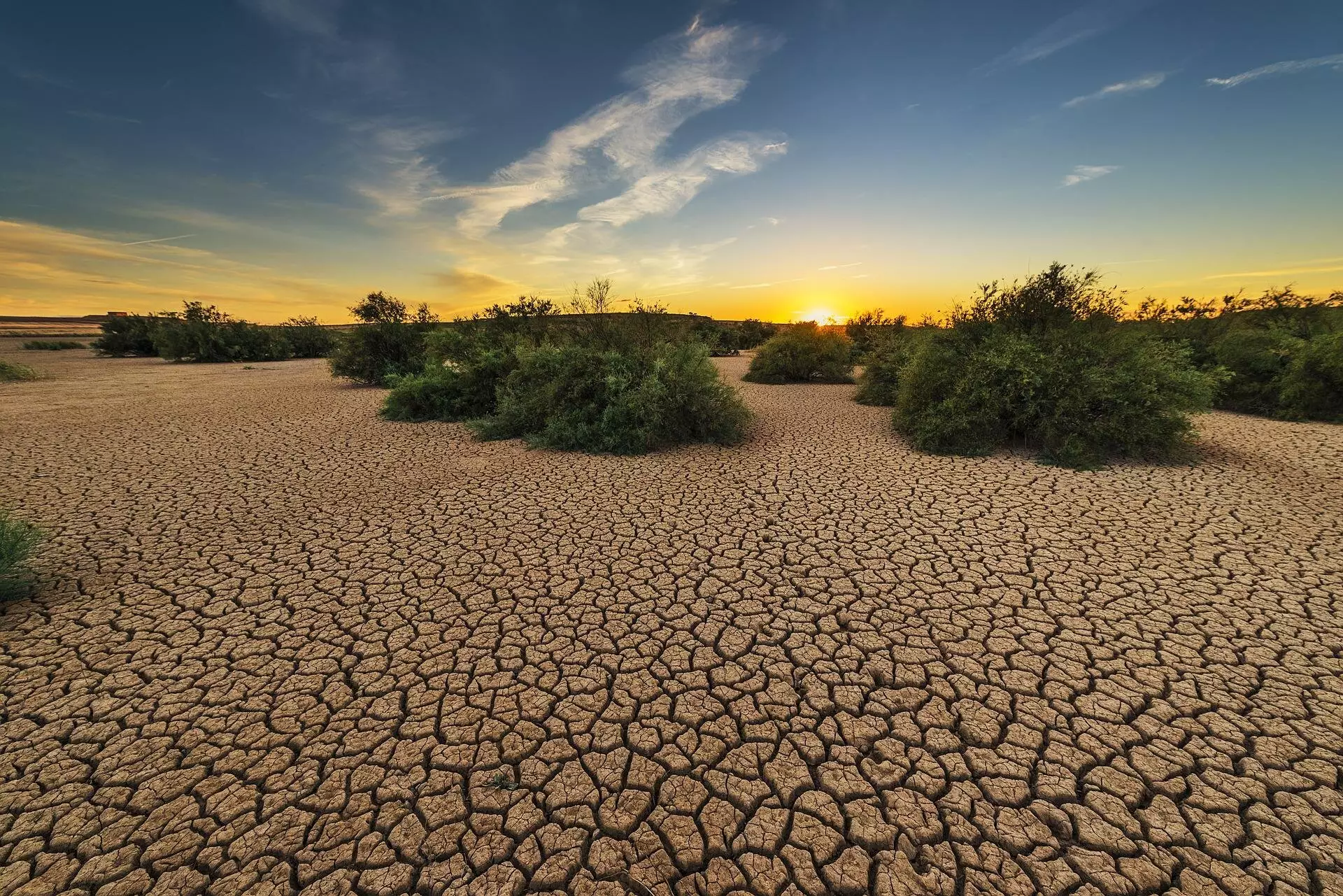Droughts traditionally conjure images of prolonged arid conditions, often spanning years. However, a new breed of drought is capturing attention: flash droughts. These events materialize within a matter of days or weeks, delivering abrupt and severe dry conditions that can catch communities off-guard. Dr. Ashok Mishra from Texas A&M University and his international research team are diligently unraveling the complex factors contributing to these sudden drought phenomena. While their research primarily utilized South Asia as a focal point, its implications resonate with regions worldwide, including drought-prone areas in Texas.
Economic Implications and Agricultural Vulnerability
Texas, with its vast agricultural and energy sectors, serves as a prime example of the ramifications of flash droughts. The state’s economy is intricately linked to water availability, soil moisture, and, ultimately, crop yield. Flash droughts threaten this balance and pose significant risks to food production and water resources—concerns that are exacerbated by shifts in climate patterns. The findings from Mishra’s research emphasize the need for nuanced understanding and rapid response mechanisms to mitigate the impacts of these unpredictable droughts. The societal implications are profound; as flash droughts disrupt agricultural cycles, they can trigger economic instability, food scarcity, and environmental degradation.
Distinct Characteristics: Flash Droughts vs. Traditional Droughts
What sets flash droughts apart from traditional droughts? According to Mishra, the primary differentiators lie in their onset speed, intensity, and duration. While both types share similarities in terms of adverse effects on society, the rapid onset of flash droughts necessitates swift action and tailored strategies for effective management. Failing to recognize the unique nature of flash droughts can lead to inadequate responses that fail to address the urgency of the situation. Therefore, developing targeted methodologies for early detection and risk assessment is paramount for both policymakers and affected communities.
Climate Change’s Role in Intensifying Drought Events
One of the most alarming predictions stemming from Mishra’s research is the anticipated worsening of flash droughts due to climate change. The study found a clear correlation between shifting atmospheric patterns and the increased frequency and severity of these events. Regions in South Asia could face escalating challenges in their water, agriculture, and energy sectors, emphasizing the urgent need for comprehensive assessment tools that can accurately predict flash drought occurrences. Without such tools, stakeholders are left vulnerable to unexpected and potentially catastrophic conditions.
Collaboration as a Key to Mitigation
To effectively combat the threats posed by flash droughts, a collaborative approach is essential. Partnerships among academic institutions, government agencies, and international stakeholders can foster innovations in predictive modeling and infrastructural investment. For instance, coordinated research efforts between Texas A&M University and agencies like the U.S. Department of Agriculture, alongside collaborations in Asian countries such as India and Pakistan, can lead to robust solutions that address the multifaceted challenges posed by flash droughts. By uniting expertise across disciplines, we can better equip ourselves to forecast and respond to these extreme weather phenomena.
Addressing the burgeoning threat of flash droughts requires not just awareness but proactive measures and collaboration. It’s essential to inform policymakers of the likely outcomes and build adaptive infrastructure to buffer against these rapid climate-induced crises. The clock is ticking, and a united front is our best defense.

